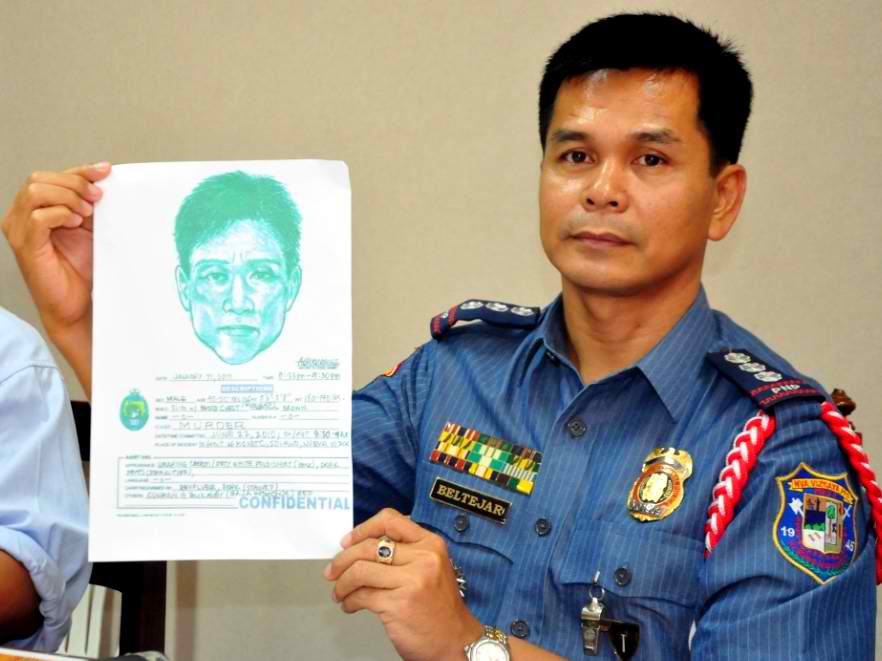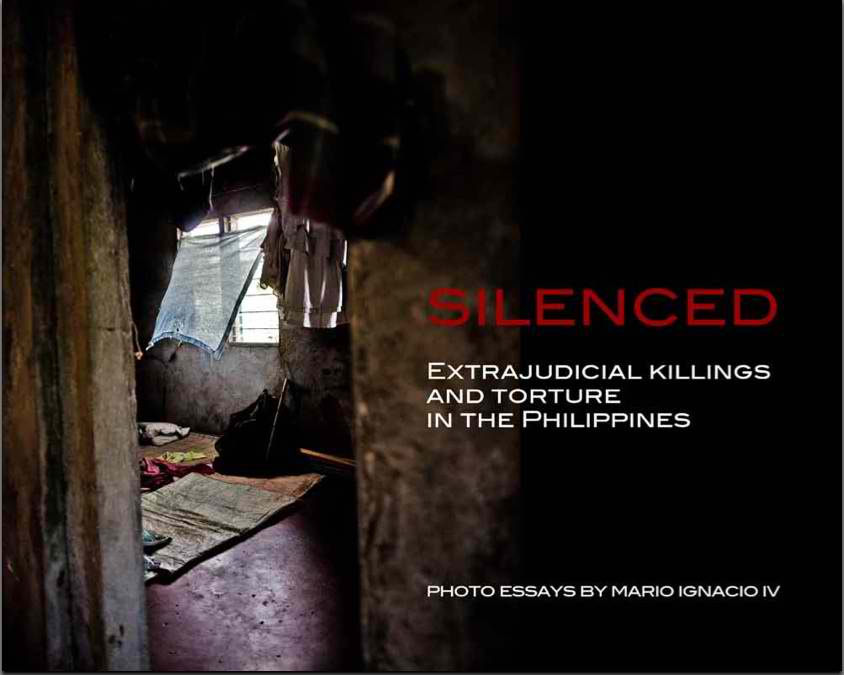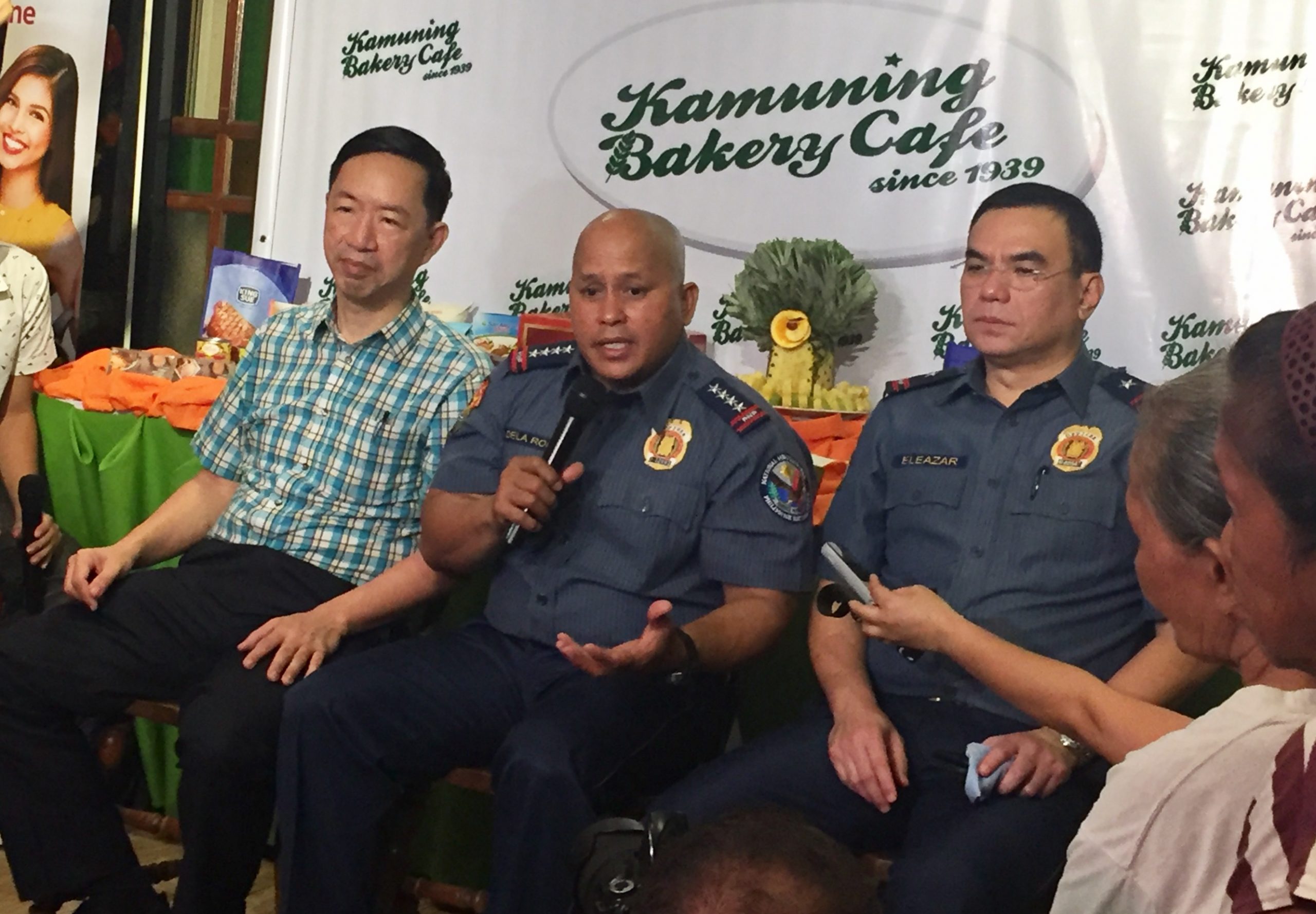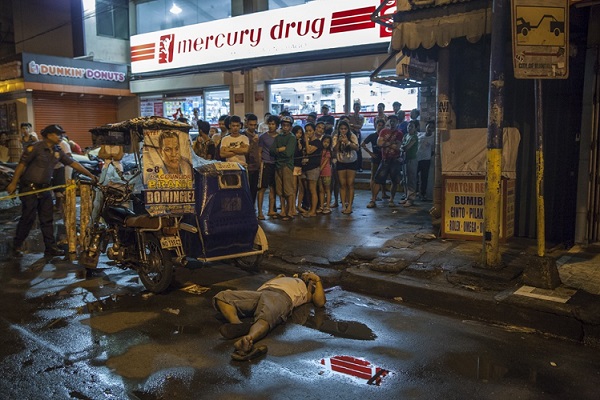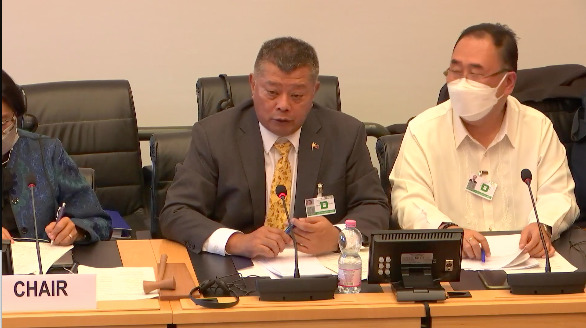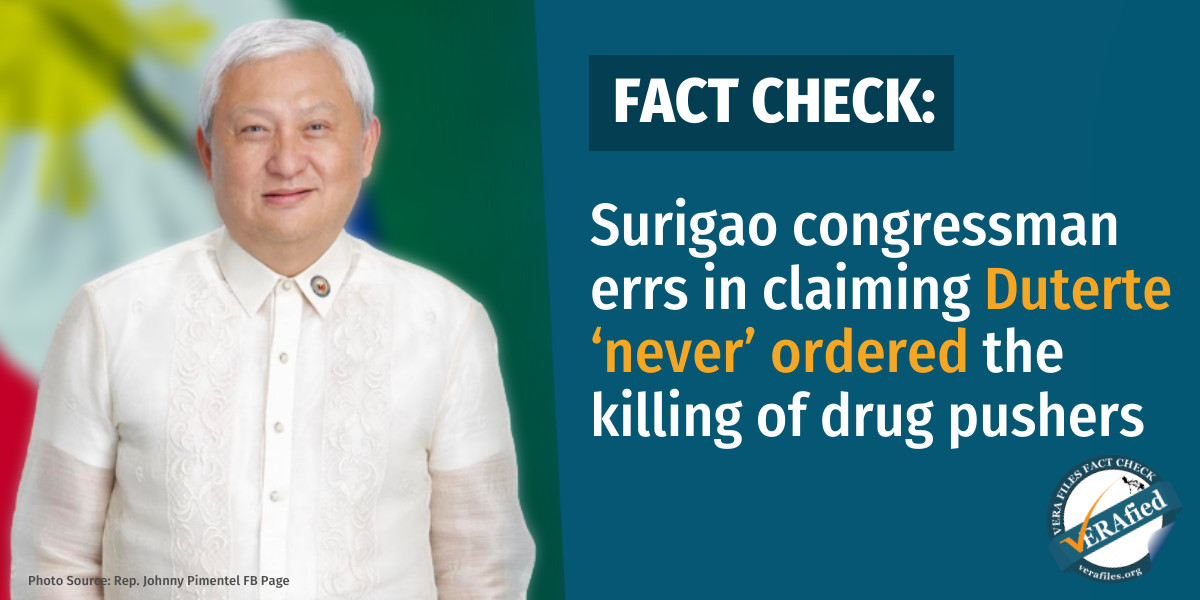By MELVIN GASCON
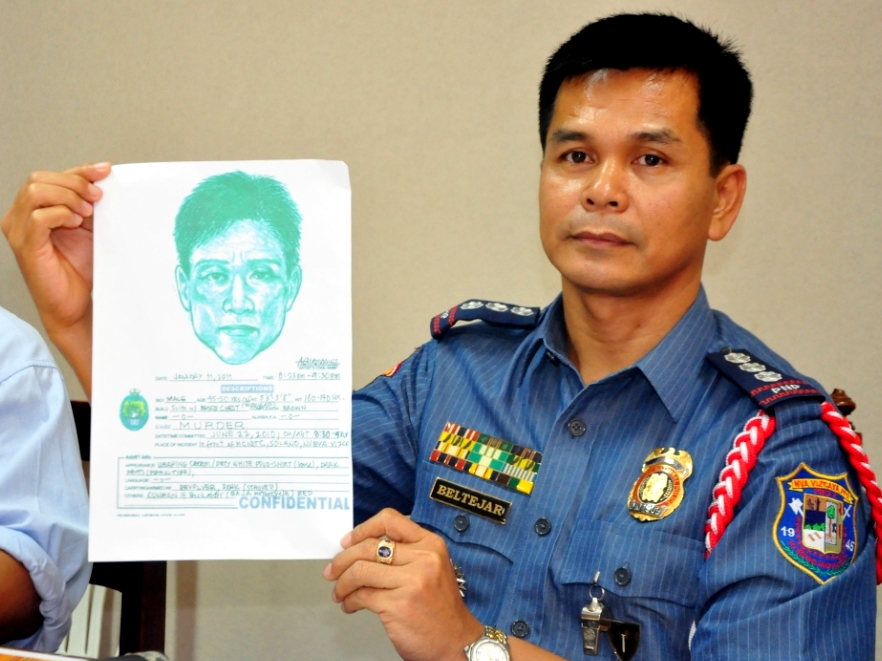
SOLANO, Nueva Vizcaya—The Philippine National Police has released a second artist’s sketch of the possible gunman in the year-old assassination of a human rights lawyer and Liberal Party campaign manager here.
The sketch was the best “update” police came up with as the unresolved murder of Ernesto Salunat marked its first year on June 22.
Salunat, then 64, was gunned down by a lone assassin as he was boarding his white BMW in front of the Municipal Trial Court here at 8:15 a.m., just a week before his partymate, Benigno Aquino III, assumed the presidency.
The gunman then casually walked toward a nearby waiting Kawasaki Bajaj motorcycle and sped off with a companion.
Senior Supt. Elmer Beltejar, provincial police director, released the sketch on June 28, saying he hopes the public can provide clues on the gunman’s identity.
“We are optimistic that with your (public) help, we can bring the people responsible to justice,” he said at a press conference after the quarterly meeting of the Provincial Peace and Order Council on June 30.
The latest sketch replaces a “grossly inaccurate” one that police released last year. The gaffe was discovered only recently.
The new sketch shows a male suspect about 5’6” to 5’8” tall, weighing 73 to 77 kilos, around 45 to 50 years old, with brown skin and slim but muscular built.
The witness who supplied police the details said he had seen the gunman use a “stained” .38 cal. revolver on Salunat.
Police are not offering any monetary reward for information on the gunman’s whereabouts.
One year after his senseless death, Salunat’s family expressed dismay over the slow progress of the investigation.
“We had thought then that the Aquino government would keep a close eye on our father’s case because he was a human rights advocate, a lawyer for martial law victims and, more importantly, campaign manager (for the Liberal Party in the province) during the last elections,” said Salunat’s daughter Early Joy.
“But we thought wrong. It’s so disheartening,” she said.
In August last year, the family wrote a letter to President Benigno Aquino III on the date that coincided with the murder of his father, the late Sen. Benigno Aquino Jr., thinking this would spur him to act on cases of extrajudicial killings. Malacañang did not respond to the letter.
Task Force Salunat, which was formed a day after the murder, still has no witnesses, no suspects, and hence, no case to file in court.
Until its release to the public late last month, the second artist sketch had been with the police for more than six months.
“We (initially) thought that by not making it public in the meantime, we will be able to catch the suspect, who has been freely roaming in the locality, thinking that he was not being hunted down,” Beltejar said.
Police probers insist there has been no letup in their investigation. Chief Inspector Juan Aggasid, who heads Task Force Salunat, said: “Tinatrabaho pa rin namin (We keep on working on it).”
In an interview, he partly blamed the lack of personnel for the slow pace of the investigation. He said task force operatives, except for one, were assigned to the team investigating the killing of village chair Hernani Obaña in Aritao town on June 20, two days before the first anniversary of the Salunat slaying.
In the Obaña case, police filed murder charges with the Department of Justice against two suspects just nine days after the killing. Almost immediately, police officials reported the case as having been “cleared.”
Aggasid dismissed insinuations that police prioritized the Obaña case because he was a political ally of provincial leaders, while Salunat belonged to a rival party.
“We worked on the Obaña case first because it was easier to solve,” he said, citing the supposed complexity of Salunat’s murder, especially the absence of even a single witness.
“At the moment, we are trying all forms of diplomacy to convince one identified witness to come out. If that won’t work, we will try other means,” he said, without elaborating.
Aggasid admitted, however, he has yet to study further the case, having taken over Task Force Salunat only about a month ago. His predecessor, Chief Inspector Johnny Baguidudol, has gone on “schooling.”
During the interview, he sent for a police officer to hand him over the folder of the Salunat case. After about 10 minutes, the officer came to report that the records could not be located.
Aggasid said the task force has been holding regular case conferences, the latest of which was in late June. It did invite a member of the victim’s family to this and earlier meetings.
“Ah, yes, they should be invited in the next case conferences,” Aggasid told VERA Files.
On June 19, Salunat’s wife and four daughters gathered at his tomb at the cemetery in Barangay Uddiawan to celebrate Father’s Day.
The family also commemorated his first death anniversary that day, through daily Mass at the village church offered three days before the day he was gunned down. This was in keeping with the practice in his religious sect, the Unión Espiritista Cristiana de Filipinas, called “pagpusay,” a ritual for deliverance, said Salunat’s wife Lilia.
It was also on Father’s Day the family first caught a glimpse of the second sketch, which village chair Rogelio Salunat, the lawyer’s younger brother, obtained from the police. It left the family worried.
“It looked like it was farther from the description given by our sources. For us, the first one was even closer,” said Early Joy, who, along with her mother Lilia, has been doing her own data gathering on the case.
Early Joy, a law graduate who also used to be his father’s legal researcher, said her father handled a number of controversial court cases which she believes would provide leads in the
investigation, if only probers tried to look into these.
(Melvin Gascon is a reporter of the Philippine Daily Inquirer. This story is part of the VERA Files project “Human Rights Case Watch” supported by The Asia Foundation and the United States Agency for International Development. VERA Files is put out by veteran journalists taking a deeper look at current issues.)
